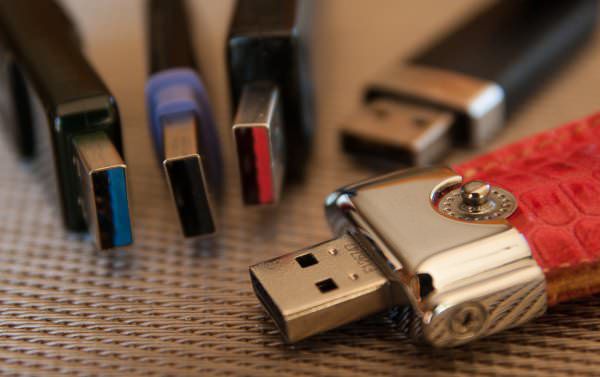
At Premium USB, one of the most frequently asked questions we get is what is the difference between USB, Micro USB, and Lightning. It can be easy to be confused by all these different ports. On the surface, they look similar and behave in almost identical ways. But it would be a big mistake to think that they’re interchangeable!
Each of these three types of connectors require different accessories, ports, and technology in order to function. They aren’t compatible with each other: A cable meant to only work for a Micro USB won’t work for a USB, and vice versa. Knowing the differences between each of these formats will help you identify what products you’ll need for your devices to operate at peak efficiency. Read on as we break down each of these three formats and tell you what to look out for.
USB
USB stands for Universal Serial Bus. It’s the most common and popular connector on the market, a cross-platform technology that is supported by most of the major operating systems. They’re made to function as “plug and play” devices, which means that you can connect a USB device to your computer or mobile device and it should be able to detect it and even install the drivers needed to use it. USBs are also a “hot-swappable” technology, which means they can be added to or removed from a computer without having to restart the system.

Most USBs are “Type A” connectors (that are usually available in either 2.0 or 3.0 formats). These are what most people think of when they think of USBs, featuring a flat connector that plugs directly into most standard USB ports. There are also Type B connectors that are more square-shaped; These are often used for scanners and hard drivers. There are also “mini” Type Bs that are designed for use with cameras, MP3 players, and other smaller devices. It’s important to keep in mind that these “mini” USBs are NOT the same thing as Micro USBs. They are not always compatible with the same forms of technology that Micro USB uses, so don’t mistake their similar sounding names and appearances as an indicator that they serve the exact same function.
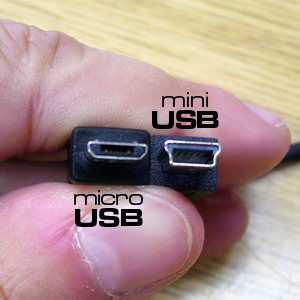
Micro USB
Micro USBs are another miniaturized version of USB interfaces. The Micro USB was developed to standardize and streamline phone charging devices. Consumers got fed up with having to get a different unique charger for their phones and not being able to mix and match when needed, so the Micro USB was created to simplify things. Many mobile devices (like GPS units) and smartphones (esp. Ones using Android technology) are fitted with Micro USB ports. And while the Micro USB looks slightly smaller than the Mini USB, it offers a comparable high speed transfer rate.
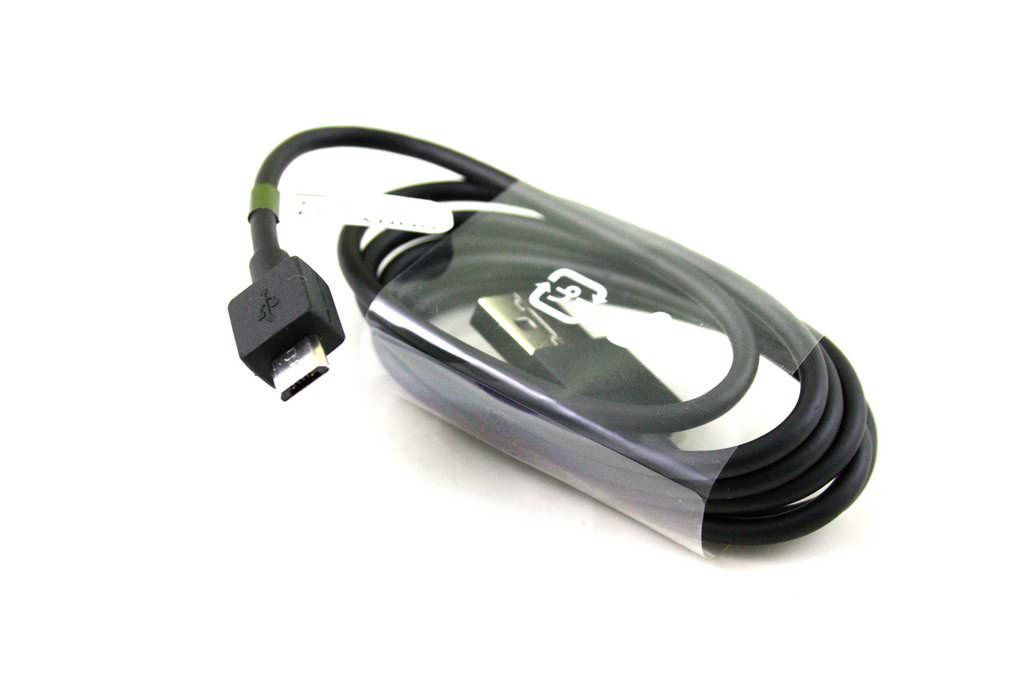
Micro USBs are fairly easy to identify. They come with black-colored receptacles and feature a compact 5 pin design. And while many Micro USB charging cables come with a USB connector to allow transfers between desktop and mobile devices, it’s important to keep in mind that they aren’t compatible with all devices. It also makes a difference whether you’re using a Micro USB 2.0 or 3.0; Not all 3.0 models are backwards compatible with older ports & connectors.
Lightning
Anyone who’s owned Apple products over the last few years will be familiar with this connector. Released in 2012, it replaced the 30-pin dock connector that Apple used to use for all their products. The 8-pin Lightning connector was designed to be more durable and efficient (though the claims that it was faster than USB 2.0 didn’t hold up). It’s ultra-slim design also made it able to power up slender mobile Apple devices, which are too thin to support the width of a standard USB port. But like its predecessor, the Lightning wasn’t designed to be compatible with other types of connectors. A Lightning port in your iPhone, tablet, or desktop can’t be accessed with a conventional USB (unless you get an adapter). Most Apple devices usually come with a USB-to-Lightning cable, though, so interfacing with non-Lightning devices usually isn’t too difficult.
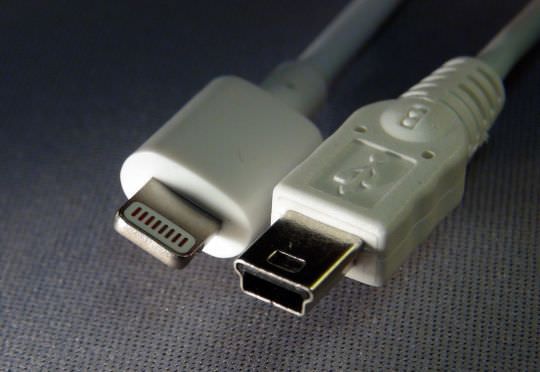
Lightning cables are usually easy to distinguish compared to other USB cables because of their color. Lightning cables are usually white, the same bright eggshell white shade that’s standard on Apple products. The connector itself is also much more slender and compact than other types of connectors.
Dual Purpose Drives
So what’s a mobile device owner to do if they use multiple devices with different ports? You could get an array of adapters, but carrying around so many add-ons can be inconvenient. Your best bet is to use a dual purpose 2-in-1 flash drive, like our Dual Pro or iFlash. These are USB flash drives that feature both USB & Micro USB connectors (for the Dual Pro), or USB & Lightning connectors (for the iFlash). These dual purpose drives let you access one type of device and transfer that data through a different port entirely! They also make for great mini-hard drives, backing up mobile device data files to keep your vital information safe in case your device gets broken or lost.
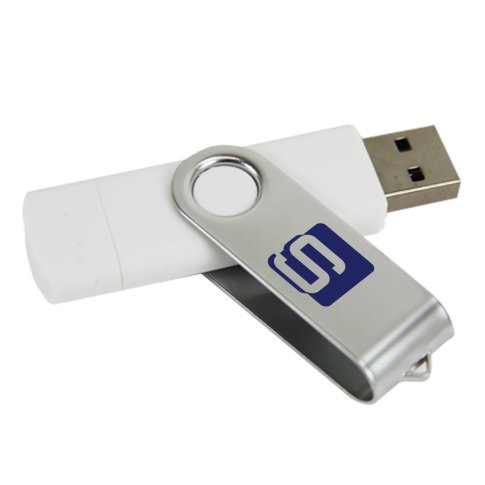
In A Nutshell
Charging cables are not universal. Depending on the devices you use, you may need to use a specific connector to keep your devices powered and synced up. Knowing what kind of connector you need will ensure that you always have the right charger on hand, and that you don’t end up wasting money buying chargers or add-ons that CAN’T interface with your devices. And if you’re looking for an easy and effective solution for sharing data between different types of devices, you won’t find a more cost-effective and simple solution than using one of Premium’s dual purpose flash drives.
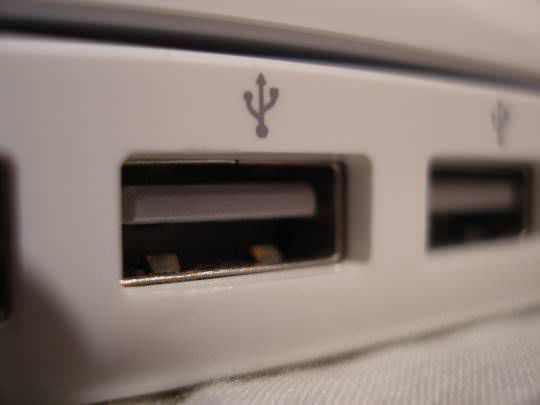
Got more questions about the differences between USB, Micro USB, and Lightning? Get in touch with us: We’d be happy to share our knowledge!
